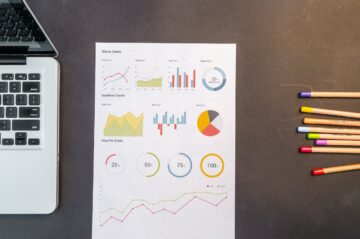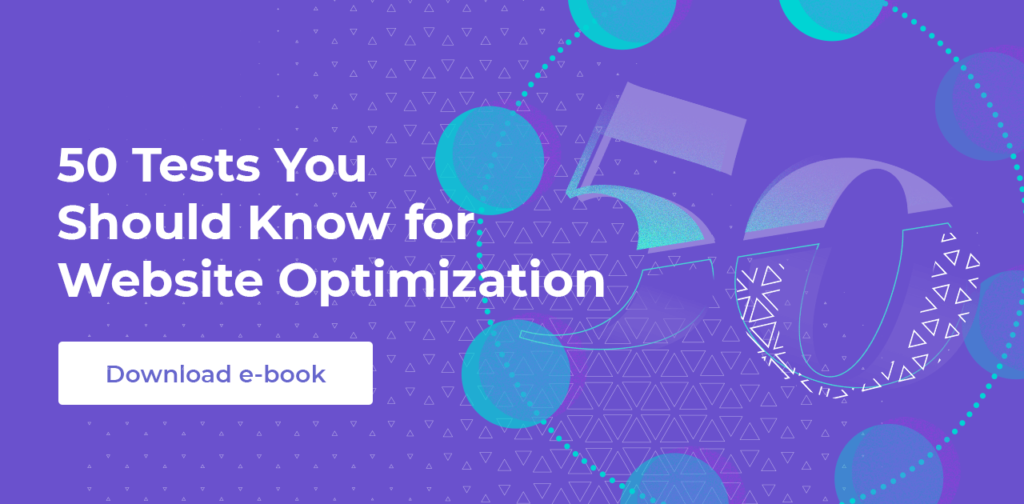Neuromarketing is a very science-oriented aspect of marketing. It aims to investigate why people respond to and remember certain products or elements of an advert, compared to others. Applying neuroscience – i.e. the assessment of how our brain responds to stimuli, such as TV adverts and posters – avoids any vague or bias feedback from consumers, as no-one can control how they immediately respond to things. The response is tracked using two methods; either an MRI or functional magnetic resonance imaging, and electroencephalography, which is also known as EEG. Both of these methods track and measure the impulses and activity in the brain that are both subconscious and conscious, as we are only in control our conscious reaction and feelings. As you can imagine, both options come with a hefty price tag, but companies often justify the high costs if it means securing more sales!
So, how is it used in marketing?
Well, the process of neuromarketing is basically put in place by brands to get a much better and more in-depth understanding of just how powerful their message or product is, by studying the reaction it causes in consumers. Brands can also get a far better understanding of the potential market available to them, by looking at the influential factors and then designing their packaging or product accordingly. In fact, there’s every chance your favorite brand has done just that when it comes to creating the ideal product that appeals to you!
We explore five examples of neuromarketing research conducted and what the findings have meant for the world of marketing in 2019.
#1 – Chips Ahoy and Their Boring Biscuits

America’s favorite cookie company decided to conduct some neuromarketing research when it came to creating the perfect packet to sell their cookies. Nabisco, the owners of Chips Ahoy, decided to test their old packaging and found people were actually having a negative response when looking at it. Consumers said it was too difficult to read the wording due to the colors used and the picture of the cookie made them feel bored or neutral towards the brand. So the makers behind Chips Ahoy took to the drawing board for their next draft and re-designed the package to include a resealable tub, better wording and colors. The most obvious change was the cookie image was more engaging and fun!
Key takeaway: Nabisco used the eye-tracking element from electroencephalography, or EEG, to identify how customers were reacting visually to their packaging. This kind of research is really popular among other food brands, which use it to design crisps, confectionery and other cookie packaging. In fact, chances are, your favorite brands have carefully chosen the packaging you’re so familiar with and that may be why you buy them!
#2 – A Sticky Situation With Jam and Decision-Making

Do you feel suddenly overwhelmed and incapable of making decisions when it comes to browsing a wide selection in a shop? Well, you’re not alone, as a study conducted by Sheena Iyengar, a professor of business at Columbia University, discovered. The author, Professor Iyengar, and her researchers chose to use Wilkin & Son’s jam jars at a sampling booth and regularly mixed the selection of jams available, between 24 jars to just six. Whilst 60% were drawn to the sampling booth when 24 different jars were available, compared to just 40% when there were just 6 to choose from, nearly all customers sampled just two flavors. Here’s the interesting bit; whilst 40% of people came to try the smaller selection of jams, 30% then decided to buy some, compared to just 3% of people who bought when there were 24 flavors to choose from!
Key takeaway: By removing the difficult decision-making process, Prof. Iyengar and her team discovered consumers respond far better when there is much less choice. This particular case study has been used time and again and is probably the reason many stores have smaller, less ‘busy’ looking displays!
#3 – Why Counting Cans Mattered for Campbell’s Soup

Here we have another example of decision-making under pressure, but this time due to a seemingly limited supply of soup! A study by Wansink, Kent, and Hoch, was conducted to understand the concept of ‘anchoring’ in marketing; the process of comparing products or services against similar products to create a sense of superiority or importance. Using the well-known soup brand Campbell’s, Wansink et al created one display of cans with a price of $0.79 and a sign that said ‘No Limit’, and another that said ‘Limit of 12 per person’. The result showed that shoppers who had no limit only bought an average of 3 cans, whereas the shoppers who saw the limited shelf ended up buying 7! The results support the ‘anchoring’ concept within marketing, where the brain fixates or ‘anchors’ on the key message, in this case, the fact that the soup is limited to 12, making consumers think ‘I can only have 12 – it must be good!’.
Key takeaway: This approach is definitely still alive and present in modern-day marketing tactics, with so many brands using the ‘comparison’ approach to create a feeling of limited availability when it comes to a product or service, creating a simulated sense of urgency and making consumers think it must be a great product or service because it’s really popular!
#4 – PayPal And Speed – The Modern Way to Handle Money

Another fan of using EEG, or electroencephalography, to understand how consumers respond visually to their brand, is money transfer site, PayPal. PayPal has spent a lot of time researching how best to position their product online, and in particular what will make their consumers’ experience with them easy. Users of their services online will be familiar with their quick, convenient money transfer system and the reason behind this slick service is PayPal have discovered e-shoppers expect an almost-instant payment service that is convenient to use. Whilst PayPal thought their ‘high security’ approach was appealing to online customers, it turned out their one-click payment model was the real attraction!
Key takeaway: This example shows just how effective neuromarketing can be to refocus a large brand like PayPal, on what really matters for their customers; convenience when buying online. Changing the business focus can be a real challenge for large corporations and PayPal is a shining example of how using marketing as a science can help them understand their audiences far better than feedback forms and reviews.
#5 – Even Search Engines Lean On Science

A slightly more surprising use of neuromarketing in modern marketing is that of Yahoo and their use of EEG to encourage more people in the US to use their search engine instead of their competitors’. Yahoo created a 60 second TV commercial that featured people around the world celebrating an ambiguous occasion, dancing and generally looking very happy. They played it to a selection of people who agreed to wear EEG caps so their brainwave activity could be measured. The study proved Yahoo’s theory of evoking positive emotions and even stimulating the memory part of the brain, indicating to their researchers that the ad would be highly memorable to anyone who then watched the advert, therefore making Yahoo top of mind, encouraging people to use their search engine next time they were browsing online. And it worked! The advert became their best performing piece of marketing to date.
Key takeaway: Yahoo recognized they had a huge obstacle to overcome when it came to being top of mind compared to other search engine giants, so they decided to create something that would make them hard to forget – and using neuromarketing science, it worked! The key to success for this campaign was to make the viewer feel positively towards it, prompting them to think of Yahoo in a positive light, as well as making them a more memorable brand.





